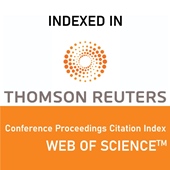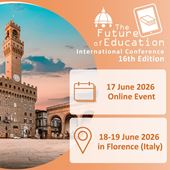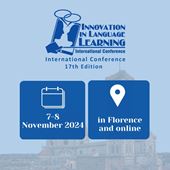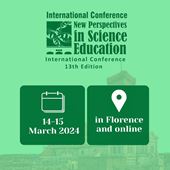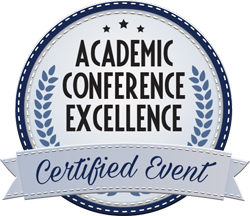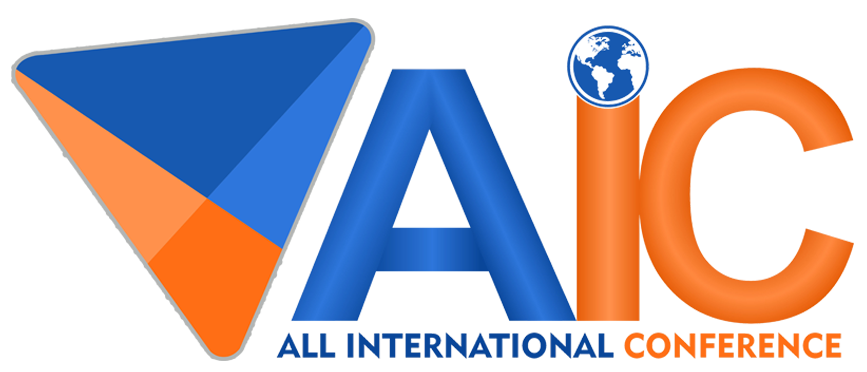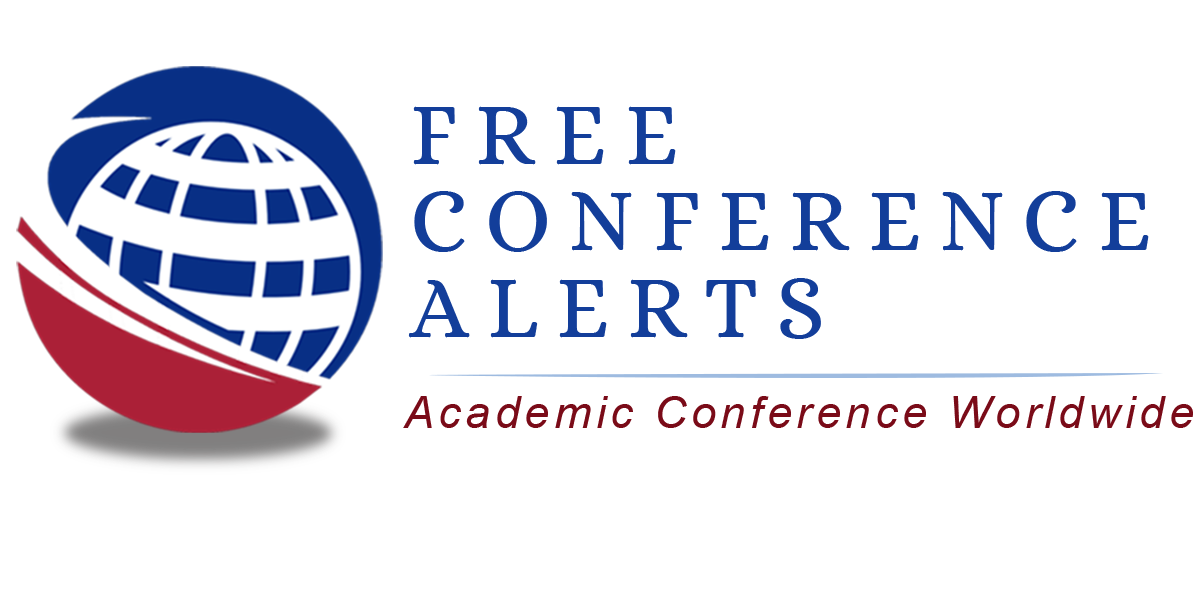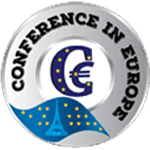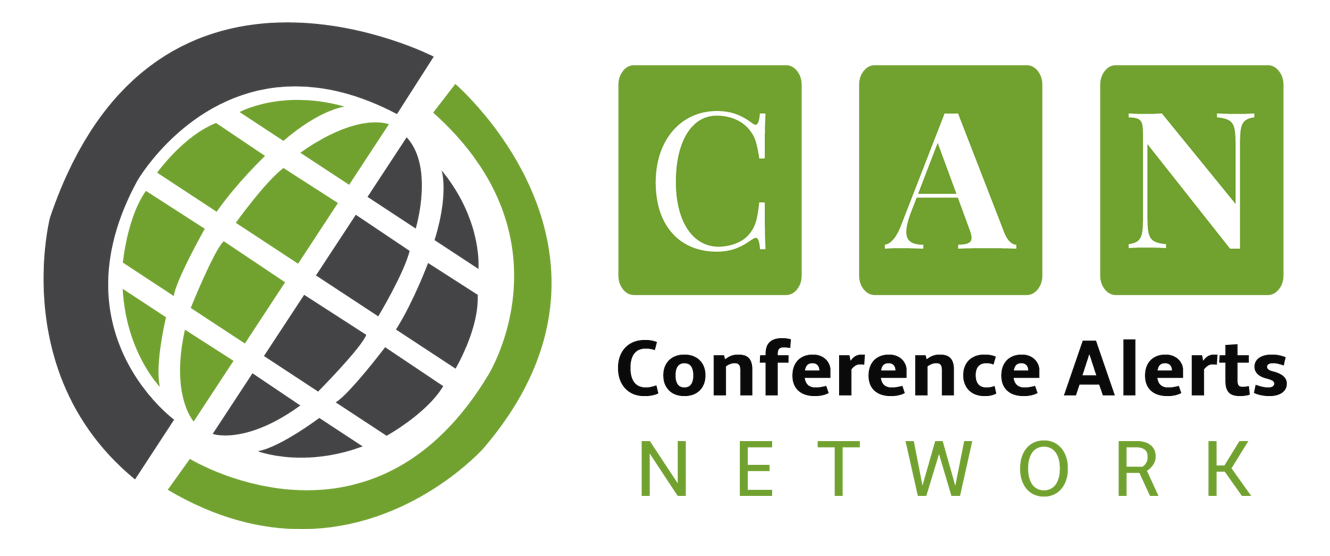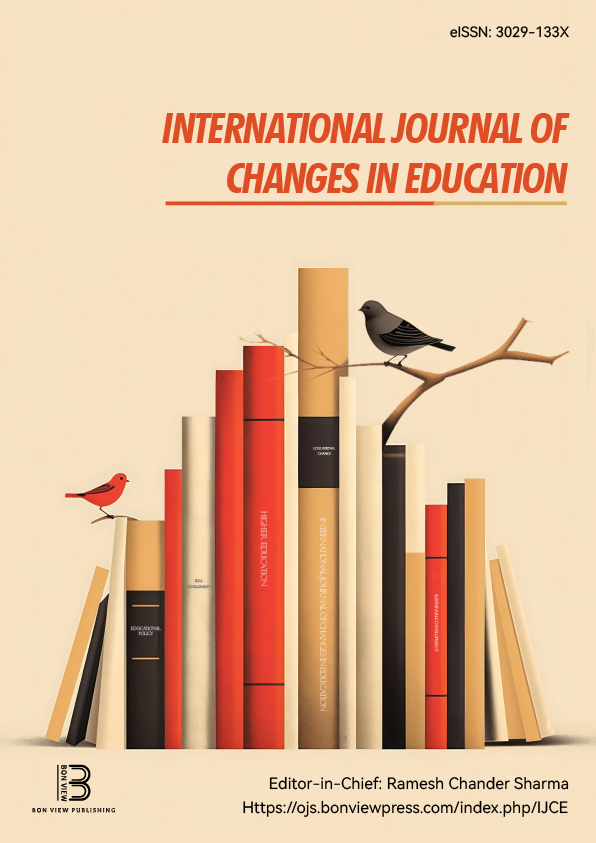Building Multimodal Bridges: Formulating the Future of Education through Human Roots from the Present and the Past
George Cremona, University of Malta (Malta)
Abstract
The younger generation is frequently viewed by educators as disinterested in the past [Levstik and Barton, 2022]. Debates frequently arise whether this happens because curricula whitewash history and present only limited perspectives of it [Wright et al, 2022] or because the younger pupils in class tend to only focus on the present contemporary times as the only valid experience due to its familiarity [Van Straaten, 2016]. In this light, this paper follows the suggestion of Nokes [2022] that educators should aim to build students' historical literacies, helping them to learn to read and reason critically with historical texts and evidence. Therefore, this paper follows Zachrich et al, who suggest that a process should be initiated adopting the use of authentic human stories as pedagogic resources which can bridge the past of the nation with the contemporary situations familiar to the young adolescents in class [2024]. After a sound literature review, this paper intends to contribute to the field of curricular development by forming a resource pack which should serve as an example of the way authentic resources can eventually bring students closer to their roots and instigate them to critically reflect on their roots. Adopting a thematic approach methodology [Creswell, 2013], human stories transmitted during the local radio programme Fuq Fomm Kulħadd [Cremona, 2024] will serve as data. As a conclusion of this paper, I intend to present five practical multimodal suggestions through which other educators willing to embark on such a hands-on innovative pedagogical initiative may do so in a more informed way.
Keywords: Pedagogical resource, use of authentic media texts, multimodality
REFERENCES
|
[1] Levstik, L. S., & Barton, K. C. (2022). Doing history: Investigating with children in elementary and middle schools. Routledge. [2] Wright, K. C., Carr, K. A., & Akin, B. A. (2021). The whitewashing of social work history: How dismantling racism in social work education begins with an equitable history of the profession. Advances in Social Work, 21(2/3), 274-297. [3] Van Straaten, D., Wilschut, A., & Oostdam, R. (2016). Making history relevant to students by connecting past, present and future: A framework for research. Journal of Curriculum Studies, 48(4), 479-502. [4] Nokes, J. D. (2022). Building students' historical literacies: Learning to read and reason with historical texts and evidence. Routledge. [5] Zachrich, L., Wagner, W., Bertram, C., & Trautwein, U. (2024). Really? It depends! How authentic learning material affects involvement with personal stories of the past. Learning and Instruction, 92, 101921. [6] Creswell, J. W. (2013). Steps in conducting a scholarly mixed methods study. [7] Cremona, G. (2024). Fuq fomm kulħadd: it-tieni serje (programmi 26–50). |
 The Future of Education
The Future of Education
